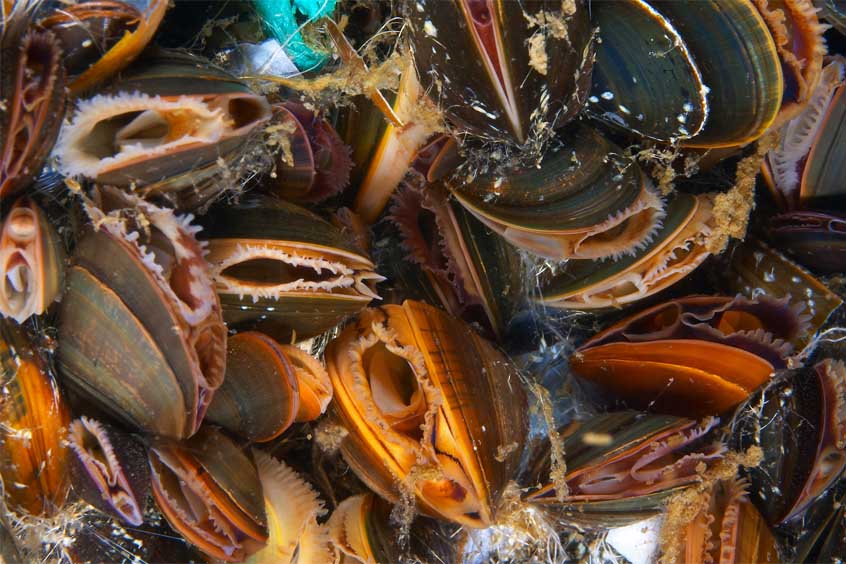SAMS news room
Study outlines future scenarios for UK aquaculture

Energy costs and public perception are the two main factors that will affect how the aquaculture industry develops over the next few decades, according to a report by Scottish Association for Marine Science (SAMS) Research Services Ltd.
The report Future of the Sea: Trends in Aquaculture was written by Professor Kenny Black and Dr Adam Hughes for the UK Government Office for Science and outlines how the UK aquaculture industry could develop over the next 50 years.
Aquaculture has grown in the last 40 years to be an important component of the UK seafood sector with a production value in excess of £590 million to the UK economy. Globally, more food for a growing human population now comes from aquaculture than it does from fishing.
The report highlights global and national drivers for aquaculture in the UK to develop further, including: increasing demand for seafood for export and, domestically, a limit to the expansion of capture fisheries, and the development of technology that will reduce the environmental impact of aquaculture.
The two main drivers identified are the cost of energy and social acceptance of aquaculture. Energy prices will impact on feed, transportation, infrastructure and fabrication costs, while social acceptance of aquaculture in the UK population will influence policy and determine where sites can be developed.
The report explains that greater social acceptance and lower global energy prices would see the industry keep up with global growth.
But the potential impact of climate change has also been considered; factors such as sea surface temperature, extreme weather events, ocean acidification and disease and harmful algae could have major implications for how the industry develops.
Dr Hughes, lead researcher in sustainable aquaculture at SAMS, said: “This was a really exciting piece of work to undertake. To describe and understand where our food will be coming from in 50 years’ time was hugely challenging.
“There is no doubt that aquaculture will grow in importance globally, and it is critical to understand what will drive the direction of that growth, and what the future might look like, to better meet those challenges and opportunities.”
The UK fish and seafood market is currently dominated by imports (43 per cent) and capture fisheries (40 per cent) with aquaculture making up only 17 per cent of domestic supply. The main export markets for UK salmon are the USA (34 per cent), France (23 per cent) and China (12 per cent).
